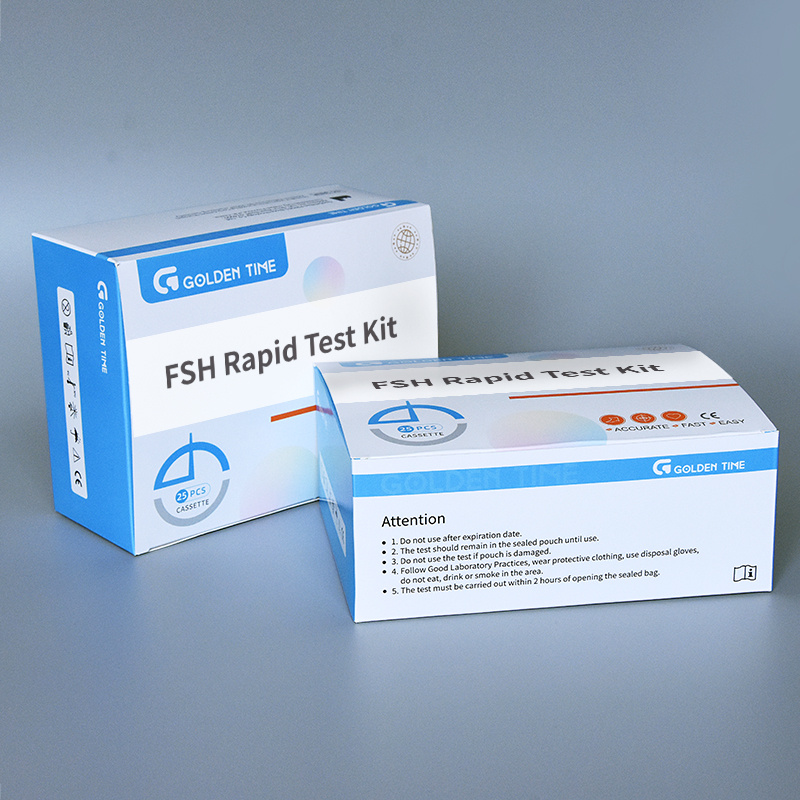12 月 . 04, 2024 16:42 Back to list
china h pylori diagnosis
Diagnosis of Helicobacter Pylori (H. pylori) Infection in China
Helicobacter pylori (H. pylori) is a type of bacteria that can infect the stomach lining and is a major cause of various gastrointestinal diseases, including gastritis, peptic ulcers, and even gastric cancer. The prevalence of H. pylori infection in China remains notably high, which poses significant health concerns. Consequently, the diagnosis of H. pylori is critical for effective management and treatment of related diseases.
Diagnostic Methods
The diagnosis of H. pylori infection can be achieved through several methods, each varying in sensitivity, specificity, and invasiveness. These methods can be broadly categorized into invasive and non-invasive techniques.
1. Invasive Methods These typically require an upper gastrointestinal endoscopy, during which a biopsy of the stomach lining is taken. The tissue sample can be tested through various techniques - Histology Staining the biopsy sample allows for microscopic examination, helping to observe the presence of H. pylori cells. - Culture Growing the bacteria from the biopsy sample to confirm infection. - Rapid Urease Test Detects urease enzyme produced by H. pylori, providing quick results.
Invasive methods are often preferred in patients who require endoscopy for other reasons, such as severe symptoms or complications.
2. Non-invasive Methods These are less painful and can be performed without the need for endoscopy. Common non-invasive tests include - Urea Breath Test (UBT) This test involves the patient ingesting a urea solution labeled with a carbon isotope. If H. pylori is present, it metabolizes the urea, releasing carbon dioxide that can be detected in the breath. - Serological Tests Blood samples can be analyzed for antibodies against H. pylori. While they are easy to perform, they may not distinguish between current and past infections. - Stool Antigen Test This test detects H. pylori antigens in stool samples and is considered reliable for both diagnosis and assessing treatment efficacy.
Challenges in Diagnosis
china h pylori diagnosis

In China, the diagnosis of H. pylori poses certain challenges. The high prevalence of the infection, combined with varying socio-economic factors and healthcare access, can lead to underdiagnosis or misdiagnosis. Additionally, antibiotic resistance is becoming increasingly concerning, complicating the treatment of H. pylori-related conditions.
The varying methodologies adopted by different healthcare facilities can also contribute to discrepancies in diagnosis rates. Certain regions might favor non-invasive techniques due to cost-effectiveness and accessibility, while more invasive methods may be utilized in urban settings with advanced medical infrastructure.
Future Directions
Improving the diagnosis of H. pylori in China requires a coordinated approach. Increasing public awareness about the disease and its consequences is crucial, as early diagnosis can lead to effective treatment and reduce the prevalence of severe complications. Furthermore, enhancing the training of healthcare professionals in recognizing the symptoms and selecting appropriate diagnostic methods is essential.
Research and development of rapid, cost-effective, and accurate diagnostic tools are also crucial. Innovations in molecular methods, such as PCR (Polymerase Chain Reaction), could provide more precise detections and help in identifying antibiotic resistance profiles.
Conclusion
The diagnosis of H. pylori infection is a vital aspect of managing gastrointestinal diseases in China. Through a combination of accurate diagnostic techniques, public awareness, and advancements in medical research, the burden of H. pylori can be significantly reduced, leading to better health outcomes for millions at risk.
-
Early Pregnancy Test Kits Accurate & Fast Results Bulk Order Now
NewsMay.30,2025
-
Buy OPK Tests for Pregnancy Detection Bulk Supplier Discounts
NewsMay.30,2025
-
Buy OPK Tests for Pregnancy Detection Bulk Supplier Discounts
NewsMay.30,2025
-
Best At Home H Pylori Test Kits Accurate, Fast & FDA-Certified
NewsMay.29,2025
-
Accurate Syphilis Test Kits Trusted Suppliers & Manufacturers
NewsMay.29,2025
-
Wholesale Stool Occult Blood Test Kits Bulk Supplier Pricing
NewsMay.29,2025

